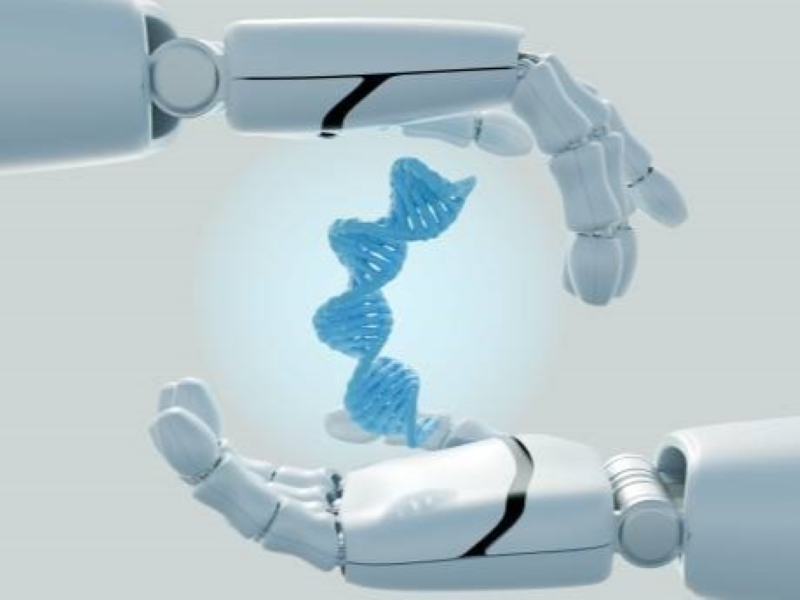- Hybrid automation typically involves a combination of different types of robots and automation systems to optimise various industrial processes.
- In hybrid automation systems, these different types of robots and technologies are integrated and coordinated to create a cohesive automation solution.
In an era where efficiency and flexibility are paramount, hybrid automation stands out as a transformative approach to optimising operations across various industries. By combining different types of robots and automation technologies, organisations can create a more dynamic and effective automation ecosystem. In this blog, let’s explore the various types of robots involved in hybrid automation and how their integration can drive operational excellence.
What is hybrid automation
Hybrid automation refers to the use of multiple robotic systems and automation technologies working together to perform tasks that neither could achieve as effectively alone. This integration allows for enhanced efficiency, flexibility, and productivity, addressing a broader range of operational needs. From administrative tasks to complex manufacturing processes, hybrid automation leverages the strengths of different robots to streamline and optimise workflows.
Types of robots in hybrid automation
1. Robotic process automation (RPA): RPA involves software robots designed to automate repetitive, rule-based tasks typically performed on computers. RPA is used for tasks such as data entry, transaction processing, and managing digital systems. It’s ideal for automating administrative and business processes, and improving accuracy and speed in handling structured data.
2. Industrial robots: These are physical robots used in manufacturing environments for tasks like welding, assembly, and material handling. Industrial robots excel in high-speed, high-precision tasks and are commonly found in production lines and factories. They handle heavy materials and perform repetitive tasks with exceptional accuracy.
3. Collaborative robots (Cobots): Cobots are designed to work alongside human operators in shared workspaces, featuring safety mechanisms to prevent accidents. Cobots assist with tasks that require human oversight, such as assembling small components, quality inspection, and packaging. They enhance human-robot collaboration, making them suitable for tasks that benefit from both human dexterity and robotic precision.
Also read: What is cloud automation and what are its applications?
Also read: Startup Kinetic rolls out robots to fix electric cars
4. Autonomous mobile robots (AMRs): AMRs navigate and perform tasks autonomously using sensors and mapping technology. AMRs are used in warehouses and distribution centres for material transport, moving goods from one location to another without human intervention. They are integral to modern logistics operations, enhancing material handling efficiency.
5. Automated guided vehicles (AGVs): AGVs follow predefined paths or tracks to transport materials and products within facilities. AGVs are utilised in manufacturing and warehousing to move materials along fixed routes, ensuring smooth and efficient transport of raw materials and finished products.
6. Vision systems: Vision systems use cameras and image processing software to inspect, identify, and guide robots. Integrated with both RPA and physical robots, vision systems facilitate quality control, sorting, and component recognition. They enhance the accuracy of automated processes by providing robots with visual feedback and decision-making capabilities.
7. Artificial intelligence and machine learning (ML): AI and ML enable robots to learn from data, adapt to new situations, and make informed decisions based on patterns and predictions. AI and ML are incorporated into both physical robots and software systems to enhance capabilities. For example, AI can improve RPA’s decision-making processes or enable predictive maintenance for industrial robots.
8. IoT devices: IoT devices collect and transmit data between various systems and robots. IoT devices facilitate real-time data monitoring, status updates, and communication between automation systems. They play a crucial role in maintaining operational visibility and coordination.

